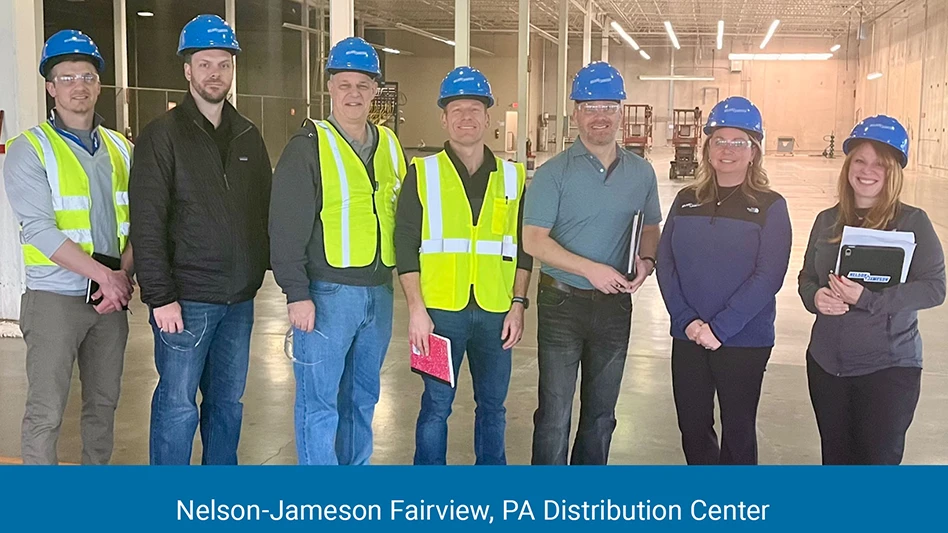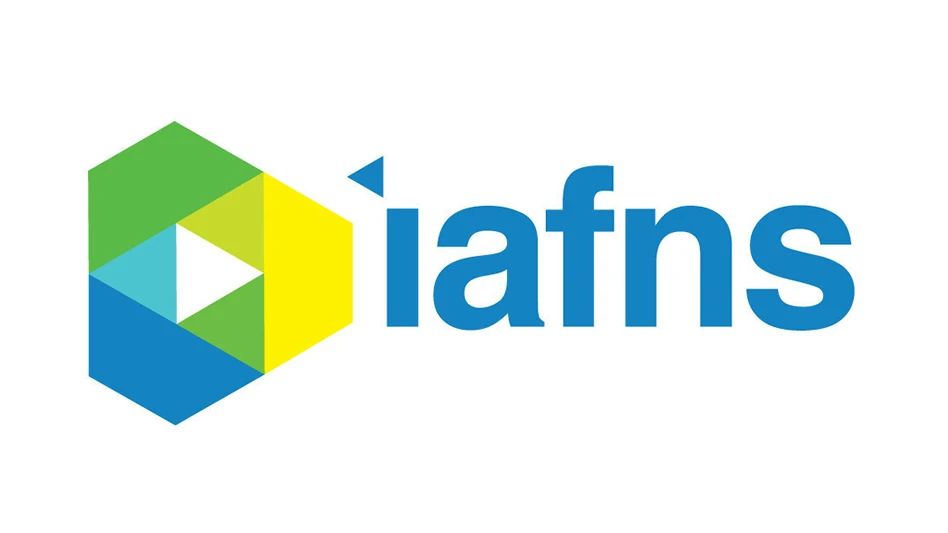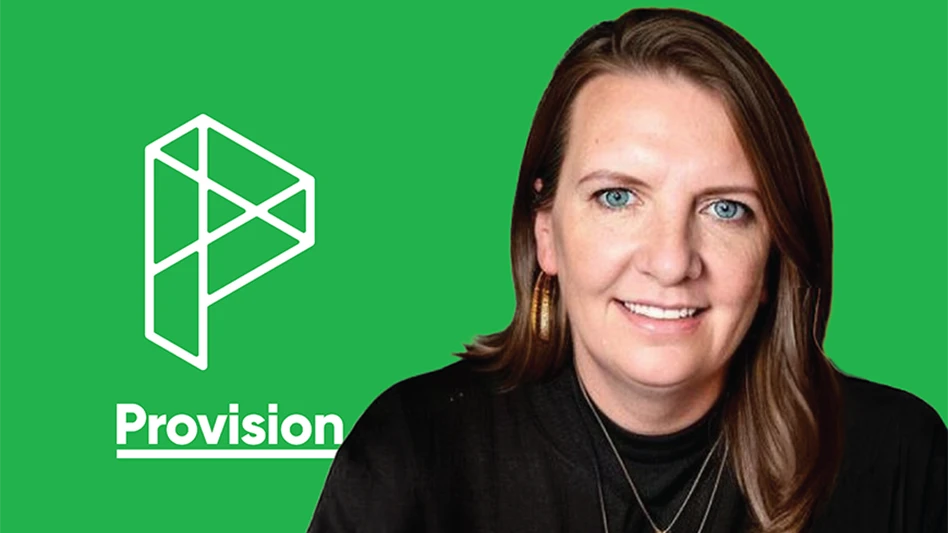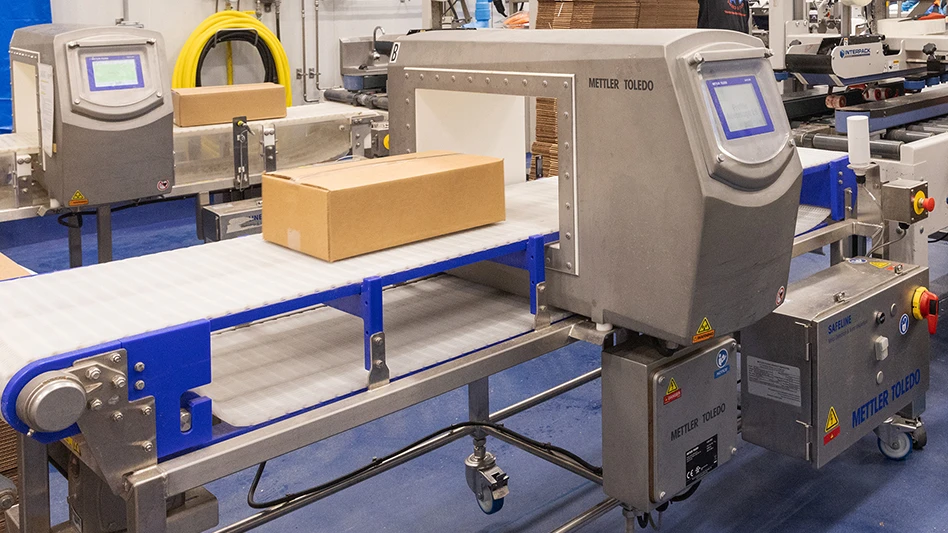Editor’s note: At the August International Association for Food Protection Annual Meeting in Columbus, Ohio, risk management and assessment were key seminar topics. This column presents some of the key points related to industry best practices.
Ever since it rose to industry favor in the 1970s, Hazard Analysis Critical Control Point (HACCP) systems have been considered to be the best practice for understanding and controlling food safety failure. The system is based on identification of significant hazards for a particular food product, determination of process points at which the hazards can be controlled and setting of critical limits at key process steps.
As food safety continues to gain attention from consumers, media, regulators and the industry itself, however, new tools are emerging, with risk assessment and management gaining significant prominence so as to — if not take over the limelight — at least share it front and center with HACCP.
“HACCP provides no protection from unrecognized risk,” said John Guzewich, senior environmental health scientist at FDA. For example, Salmonella was not an identified risk in peanut butter, so there were no tests run for it, Guzewich said. It was only in the post-outbreak inspections that tests were run and Salmonella was isolated in the plant environment.
“We need to move from a hazards-based approach to a risk-based approach,” said Robert Buchanan, director of the Office of Science at the FDA’s Center for Food Safety and Applied Nutrition. This would entail, he said, moving HACCP out of hazards and toward risk in situations where hazards are based on an expected outcome.
GLOBAL FOCUS. Risk assessment is of particular value globally, Buchanan said. While countries seek to deal with trade issues and set standards to protect public health within their borders, there also is a need to ensure that standards are being set only to the extent needed, that they are transparent and based on science, and that they do not obstruct trade.
Those very issues are, in fact, dealt with by the Codex Alimentarius Commission, to which Buchanan is the U.S. delegate. Created by the Food and Agriculture Organization of the United Nations (FAO) and the World Health Organization (WHO), the commission set Appropriate Level of Protection (ALOP) equivalence standards, delineating levels deemed appropriate for sanitary or phytosanitray measures needed for public protection. A country can only require a higher standard, Buchanan said, if it is scientifically justified and based on assessed risk. “There is a tremendous push for risk assessment,” he said.
Tolerable levels are decided by both science and society, and are not necessarily quantifiable, and “you cannot regulate what you cannot measure,” Buchanan said. So, if a threshold is not quantifiable or is difficult to determine, risk assessment enables justification of the level. For example, a country may want zero tolerance of a certain pathogen. It’s a great attitude, he said, but it has no scientific basis. Stringency could be instead determined by a sampling plan according to a risk assessment process.
RISK-BASED INSPECTIONS. And it is those sort of processes that USDA is implementing in its own inspection practices.
Risk assessment is an attempt to create a scientific basis for food safety policies and the allocation of resources, said Scott Hurd, deputy undersecretary for food safety for USDA. “It is a powerful public health tool because it provides for transparency.”
Hurd used the example of assessing risk of Listeria in ready-to-eat meats to illustrate the questions to be asked and scientifically resolved in the risk assessment process:
- Which ready-to-eat product poses the greatest risk?
- What percent of reduction will have the greatest effective impact?
- Which intervention is most effective?
- How can FSIS best target its inspections to address the risk?
By implementing such a process, the agency can better address higher risk foods, sampling according to risk rather than the random practices of the past, Hurd said.
“Inspectors and veterinarians will spend most of their time where they can do the most good,” he said. Objective scoring mechanisms will be used for greater inspection, and a product with a higher risk will receive more inspection and attention from regulators. “Risk will determine inspection intensity and frequency,” he said.
As risk assessment and management continues to gain ground as a best practice process of the agencies, it will be propitious for plants to respond in kind. Hurd sees it as the way of the future.
“There will be more and more data and more and more risk assessments,” he said, adding, “Show me the data.”

Explore the October 2008 Issue
Check out more from this issue and find your next story to read.
Latest from Quality Assurance & Food Safety
- USDA Announces New Presidential Appointments
- FDA to Phase Out Petroleum-Based Synthetic Dyes in Food
- IFT DC Section to Host Food Policy Event Featuring FDA, USDA Leaders
- CSQ Invites Public Comments on Improved Cannabis Safety, Quality Standards
- Registration Open for IAFNS’ Fifth Annual Summer Science Symposium
- Leaked White House Budget Draft Proposes Shifting Inspection Responsibilities from FDA to States
- Chlorine Dioxide: Reset the Pathogenic Environment
- Ferrero Group Invests $445 Million in Ontario Production Facility





